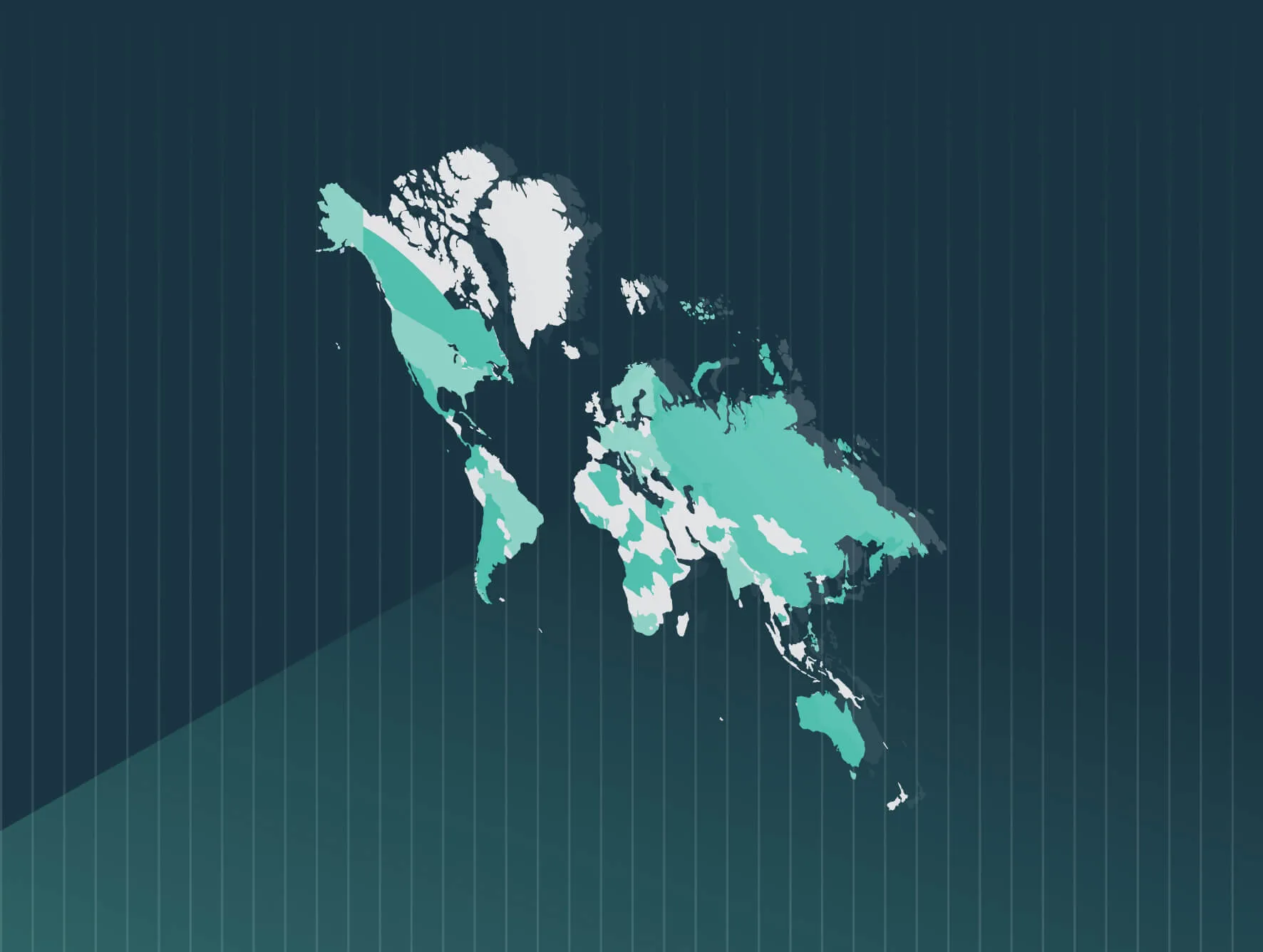California’s pay data reporting law (SB 1162), which took effect Jan. 1, 2023, mandates that employers with employees or workers hired through labor contractors in the state are required to provide detailed pay data reporting on their workforce.
The law is the most expansive pay data reporting law in the U.S. And, recent developments indicate the state is actively enforcing non-compliance.
The enforcing body, the California Civil Rights Department (CRD), told Trusaic it has sent compliance letters to employers that fail to report. And, the CRD has also taken legal action against several non-compliers.
California Pay Data Compliance Enforcement Overview
As outlined under the law, significant penalties apply for employers that fail to comply. Non-compliance penalties range from a $100 penalty per employee for failing to file a pay data report to a $200 penalty per employee for repeat violations.
The non-compliance penalty is up to $10,000 for failing to post pay range in job listing, per violation. Additional legal action can arise from employees pursuing their own legal action.
Achieve Authentic Pay Equity With Software
As we outlined in our comprehensive guide, these penalties signify SB 1162 as potentially the most aggressive pay reporting law in the U.S., by which non-compliant employers could easily face an aggregate seven-figure penalty.
This has already come to fruition, as Cambrian Homecare, Inc. settled with the CRD for a reported figure near $100,000 for a failure to report its pay data.
Prior to the implementation of SB 1162, the CRD settled under the previous version of the law with JPMorgan Chase & Co and Michaels Stores. Both employers had failed to comply with a requirement that large employers report annually on gender and ethnic and racial breakdowns in the job categories and pay of their employees. Those settlements, however, were relatively minor in nature at $6,850 (Michaels) and $16,698 (Chase).
This further underscores the enhanced risk employers face in non-compliance with SB 1162. Cambrian Homecare, Inc. indicates a potentially extreme example. The company failed to submit pay data in 2020, 2021, and 2022 until after CRD’s lawsuit was filed. In addition to committing to annually file all future reports, Cambrian Homecare paid $70,000 in penalties and $24,778 to cover costs and fees associated with the litigation, according to the CRD.
Current Requirements
All organizations that employ 100 or more employees hired through labor contractors are required to file pay data reports. Additionally, employers with 15 or more employees — with at least one of those employees located in California — must disclose pay ranges in all job listings.
Pay data reports must include both the mean and median hourly wages broken down by race, ethnicity, and gender for each job category. Employers are not allowed to submit an EEO-1 report instead of a pay data report.
Eliminate the Complexities of Regulatory Pay Transparency Reporting
Employers are required to track job titles and wage rates for each of their job positions and maintain records for the duration of an employee’s tenure, plus three years following termination, to comply with pay data retention requirements. In addition to the three new requirements, your report will need to include:
- Mean and median hourly pay rates for employees by gender and race/ethnicity in specific job categories.
- Number of employees by gender, race/ethnicity, whose earnings fall within each of the pay bands used by the U.S. Bureau of Labor Statistics in its Occupational Employment Statistics survey.
- Total number of hours worked by each employee in each pay band during the reporting year.
California updated its pay data reporting website for the 2024 reporting cycle. For the first year, employers were required to provide three new data points for each group of employees by establishment, job category, race/ethnicity, sex, and pay band:
- The number of employees in the group that work onsite.
- The number of employees in the group that work remotely from California.
- The number of employees in the group that work remotely outside of California.
Ensure Compliance With California’s Pay Transparency Reporting Law
As evidenced above, the most noteworthy instance of non-compliance was a failure to report pay data information, and Cambrian Homecare, Inc. indicates a potentially extreme example. Collecting, analyzing, and reporting pay information is a time-consuming, labor-intensive task. This is amplified if you have requirements beyond just one jurisdiction such as California.
This scenario will become increasingly common, as more pay transparency and pay data reporting laws begin to come into force. To wit, the EU Pay Transparency Directive, which takes effect June 2026, has more expansive requirements than California’s law.
Trusaic’s C.A.R.T.™ framework is the standard for ensuring you fulfill your pay data compliance obligations. We’ve meticulously researched and analyzed jurisdictional requirements worldwide, ensuring that we understand the nuances of each mandate.
From collecting employee pay and representation data to conducting in-depth workforce analyses, our expertise spans every aspect of compliance. With C.A.R.T., we guide you through the process, helping you meet reporting and transparency obligations with ease and confidence.
Employers with reporting obligations in California can leverage Trusaic’s three-pronged approach, which is a cut above other software solutions:
- Leverage the Regulatory Pay Transparency Reporting™ solution and easily complete required reporting by compliance deadlines.
- Leverage PayParity® to understand, explain, and resolve pay inequities. And now, with R.O.S.A., you can optimize the spend of your remediation budget to ensure you are maximizing the ROI of each dollar spent.
- Leverage the pay equity product suite to communicate narratives and share salary ranges with confidence. Communicate the sources of your pay gaps, progress objectives, and corrective measures to employees and internal stakeholders. Show data-backed progress in your pay gaps over time.
Our comprehensive pay equity software solutions and on-demand expert support is with you every step of the way. With Trusaic, you can proceed with confidence, knowing you are working toward achieving pay equity with the backing of methodology that is legally compliant.








